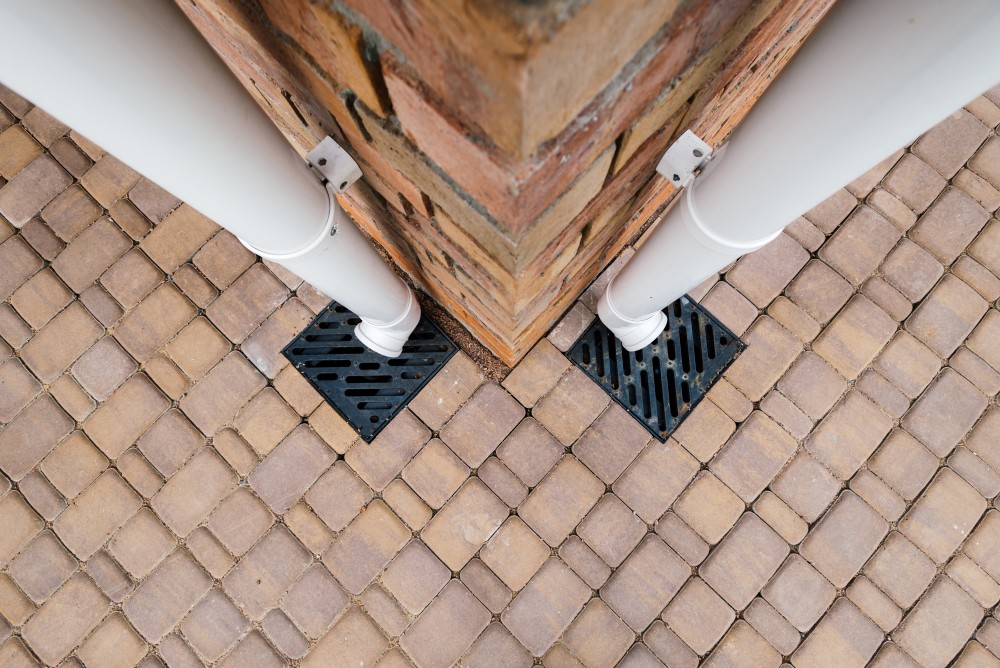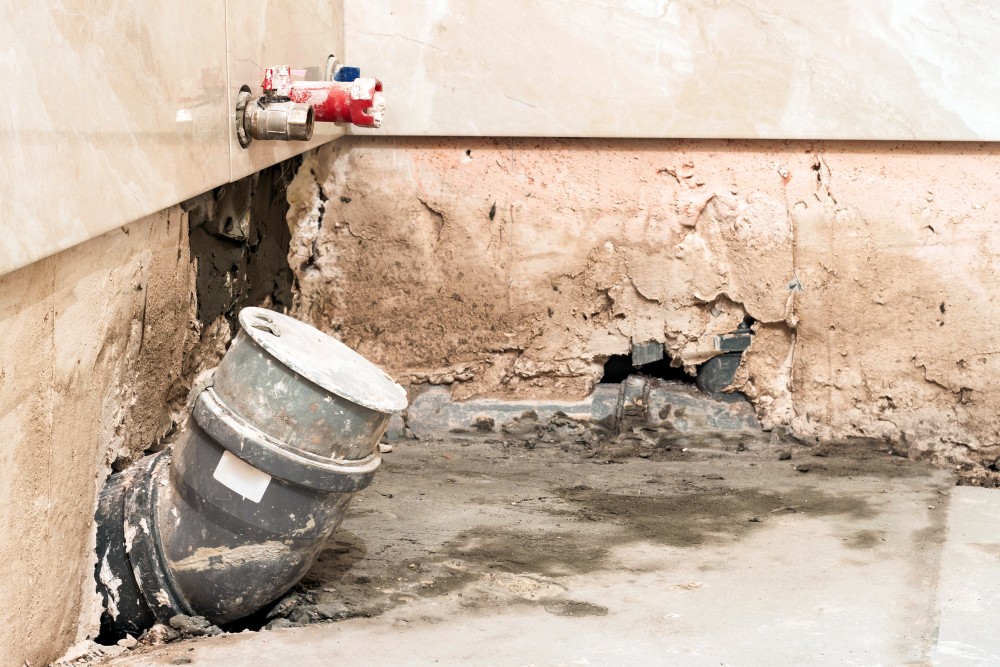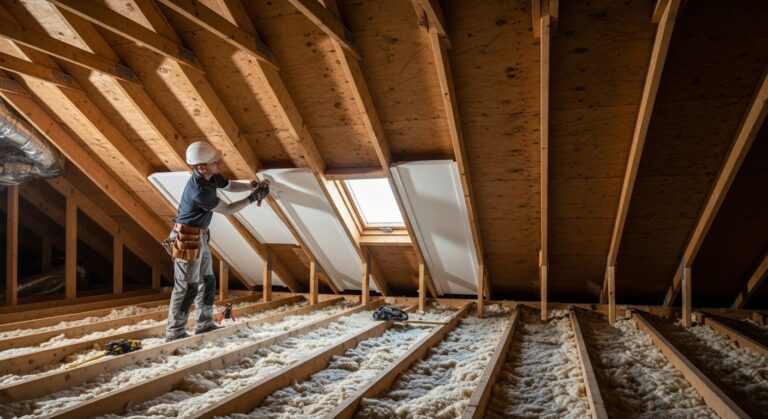The Gutter Component That Saved My Foundation (And Could Save Yours Too)

Last September, I watched $3,200 drain away—literally. That’s what it cost to repair the foundation cracks caused by water pooling against my basement wall. The culprit? A missing gutter splash guard at the corner where my main roof met the lower garage extension. My contractor shook his head and said, “See this all the time. Twenty-dollar part could’ve prevented this.”
That twenty-dollar lesson changed how I think about home maintenance.
What Nobody Tells You About Splash Guards
The majority of house owners are not aware that any type of gutters are not to work in all water situations. National Association of Home Builders reports that nearly 60 percent of houses are susceptible to at least one type of guttering system that allows the damage of water in the long run. The most common? areas of the valley and corner where the velocity of water rises very high.
A gutter splash guard is essentially a deflector that redirects high-volume water flow. Think of it like a traffic cop at a busy intersection—it prevents water from overshooting your gutters during heavy downpours. The standard five-inch residential gutter can handle about 1,200 gallons per hour, but when water cascades from a valley or corner, you’re looking at concentrated flows that can easily exceed 2,000 gallons per hour.
The Three Critical Locations
After talking with my roofer friend Marcus, who’s been in the business for twenty-three years, I learned there are three spots where rain gutter splash guards become essential:
Valley Splash Guards: These are the MVPs during storms. When two roof planes meet, water converges with surprising force. Marcus told me about a client in Portland whose unprotected valley gutter literally bent from water pressure during a 2019 winter storm. A gutter valley splash guard costs between $15-35 and installs in about ten minutes with four screws.
Corner Guards: This is where I failed. Gutter corner splash guards prevent water from shooting straight past the gutter opening when it rounds a 90-degree turn. The physics are simple—water traveling at speed wants to continue straight, not turn. Without a deflector, you get precisely what I got: a waterfall bypassing your entire drainage system.
Downspout Connections: The often-overlooked spot where the gutter meets the downspout. A splash guard gutter attachment here prevents erosion and ensures all collected water actually enters your drainage system rather than finding creative ways around it.

Real-World Performance Data
Tom, my neighbor, fitted gutter splash guards last spring because his landscaping continued to be washed off. He recorded the difference when two inches of rain had fallen (we are serious people in our neighborhood). At his valley junction, which had no guards, close to 30 per cent. of the water was missing the gutters. That was reduced to less than 5 percent with a plain aluminum deflector installed. His hostas were spared the summer.
The Installation Reality Check
What the home improvement stores will not focus on here is that not every splash guard fits all situations. The plastic clip-on models available in the large-box stores ($8-12) are just fine in the mild climate with moderate rain. However, in the Pacific Northwest, Northeast or any other place with a lot of rainfall, invest the additional cost on aluminum, or copper guards ($25-50).
Sarah, a roofer from Seattle, put it bluntly: “I’ve removed dozens of those flimsy plastic guards. They crack in cold weather, warp in sun, and blow off in wind. Aluminum costs more upfront but it’s actually cheaper because you install it once.”

Frequently Asked Questions
Q: Can I install gutter splash guards myself? A: Absolutely. Most designs use simple screws or clips. Allow 15-30 minutes per location. The hardest part is getting up the ladder safely.
Q: Do splash guards work with gutter guards? A: Yes, and they’re often more important with gutter guards because covered gutters have reduced water entry points, making overflow more likely at problem areas.
Q: How do I know if I need them? A: Go outside during moderate rain and watch your gutters. If you see water shooting over edges, missing corners, or creating waterfalls, you need guards.
Q: What about winter ice? A: Quality metal guards actually help by directing water away from spots where ice dams typically form.
The Bottom Line
Because it cost me more than 3200 dollars to fix the foundation of my house, I learned that preventive maintenance is not the way to stock up on everything the hardware store offers but rather to find out which areas of your home are more prone to failure. The splash guards I fixed afterwards on the gutters? They have dealt with three large storms without a problem.
Sometimes the smallest interventions make the biggest difference. Twenty dollars versus thousands. That’s math even I can appreciate.


